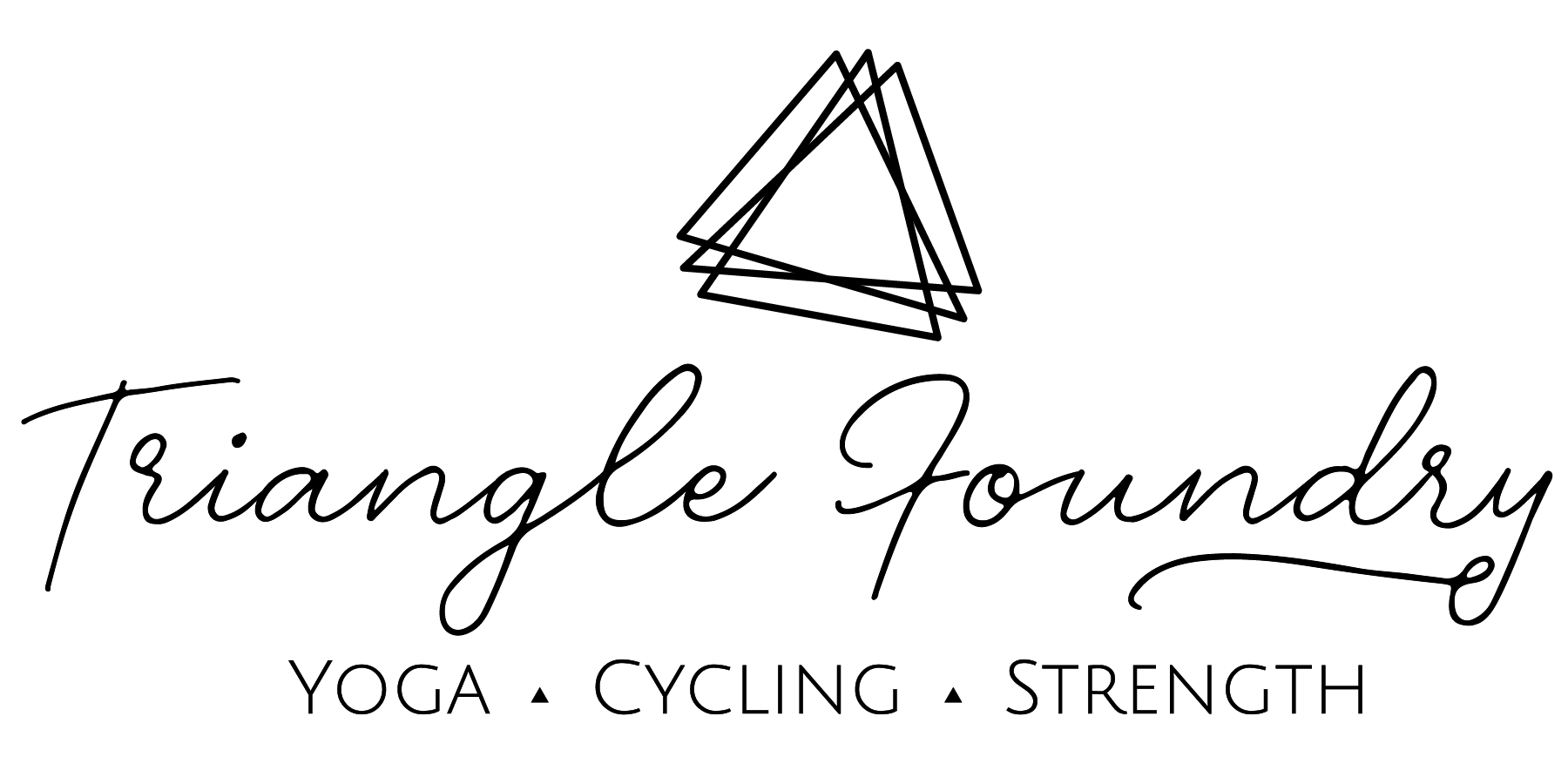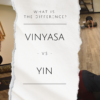Start with a New Student trial today: 21 days of unlimited classes!
Slow and Steady Wins the Race: Time Under Tension

If you’ve heard the story about the tortoise and the hare, you know that moving slow and steady will win the race. Maybe you aren’t focused on winning any races (or running any for that matter), but this still applies to how you train and the potential benefits. Time under tension (TUT) is the total amount of time that muscles are working during an exercise. This approach to targets stimulation of muscle fibers to improve muscle strength and endurance.
If you read the prior blog post “Fast and Slow Twitch Muscles: What Are They and Why Does it Matter?” you know that the muscle is comprise of two types of muscle fibers: slow-twitch (type 1) and fast-twitch (type 2). TUT is a type of hypertrophy training that focuses on building muscle and increasing strength, targeting the slow-twitch muscle fibers. These are the fibers that take a while to fatigue and support endurance activities such as distance running, distance biking, or distance swimming. They contract slowly and work best with light or low weight loads. With TUT training, the goal is to fatigue muscles through slow, purposeful movement contracting your muscles.
Utilizing this training style, individuals focus on decreasing momentum and the number of reps, focusing instead on slow, controlled movements (time under tension) across fewer reps. The slow reps force muscles to work harder by keeping them under tension for a longer period. Moving at a slower pace also allows individuals to concentrate more intently on the muscle(s) they are working (mind to muscle connection). Including isometric contractions, holds, and pulses can add another element to bring your muscles to the point of fatigue.
And the good news is, with TUT you don’t need to increase weight in order to achieve muscle fatigue and see results. However, you do want to make sure that the weight is heavy enough to challenge your muscles to reach the point of fatigue or failure.
Examples of TUT:
A key to successful TUT training is to first select weights that are challenging yet make the exercise(s) accessible. If you aren’t quite ready for weights, some moves can still utilize TUT through slow controlled repetitions to continue to build strength.
- Upper Body: Biceps Curls
- Start with dumbbells next to thighs, palms facing forward
- On a 6 count, slowly start to raise dumbbells up to 90 degrees until palms and wrists are in line with elbows.
- Reverse the motion taking 6 counts to release the dumbbells back down to the thighs. Avoid locking out the elbows.
- Continue to string together slow reps for 60 seconds. Repeat.
- Bonus: Add an extended hold at 90 degrees, possibly with an added pulse.
- Lower Body: Squats
- Start with dumbbells on either side of legs or on shoulders.
- On a 4 count, lower down and back to 90 degrees with knees tracking over ankles.
- Reverse the motion taking 6 counts to rise back to the top, squeezing the glutes and maintaining a micro bend in the knees.
- Continue to string together slow reps for 60 seconds. Repeat.
- Bonus: Add an isometric hold, pulse, or both at the bottom of the squat.
TUT is an effective method that is accessible to anyone. You can include it as another element to your training with little-to-no change to equipment or types of exercises or classes. Over time and with consistent utilization, you can expect to start to notice the benefits of incorporating this technique.






